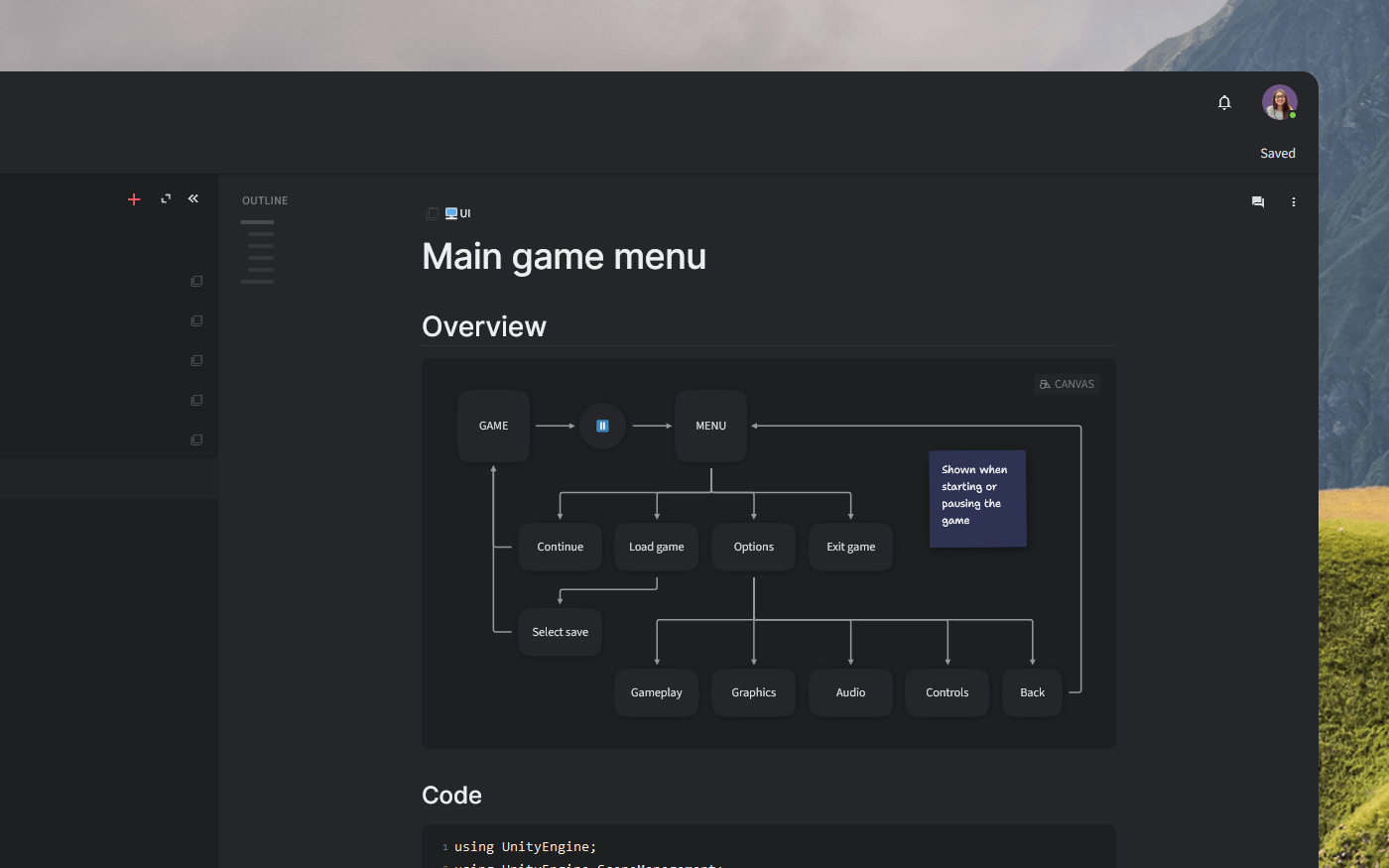Isometric Perspectives in Modern Game Design

Isometric Perspectives in Modern Game Design: A Look at the Evolution of the Genre
Isometric perspectives have long been a favorite among gamers for their unique visual style and immersive gameplay experience hosting for minecraft. From classic games like SimCity and Diablo to more recent titles such as Monument Valley and Hyper Light Drifter, isometric games continue to captivate players with their distinct art direction and strategic gameplay mechanics.
But what exactly is an isometric perspective, and how has it evolved in modern game design? In simple terms, an isometric perspective is a method of rendering 3D objects in a 2D space, creating the illusion of depth and dimension. This perspective allows for a more dynamic and immersive gameplay experience, as players can navigate environments from a three-dimensional point of view while still maintaining a two-dimensional gameplay structure.
One of the main appeals of isometric games is their ability to provide a unique and visually stunning experience for players. The geometric grids and angled views of isometric environments create a sense of depth and immersion that is not often found in traditional 2D or 3D games. This style of perspective also allows for more intricate and detailed environments, as developers can showcase complex structures and landscapes from multiple angles.

In terms of gameplay, isometric perspectives offer a strategic advantage for players. The angled views of isometric environments give players a better sense of spatial awareness and allow for more precise movements and strategic planning. This style of perspective is often used in strategy and puzzle games, where players must navigate complex environments and solve intricate puzzles to progress through the game.
In recent years, isometric perspectives have seen a resurgence in popularity among indie developers and AAA studios alike. Games like Hades, Bastion, and Transistor have all utilized isometric perspectives to great effect, creating visually stunning worlds and engaging gameplay experiences for players.
But the evolution of isometric perspectives in modern game design goes beyond just aesthetics. Developers are now exploring new ways to incorporate isometric perspectives into gameplay mechanics, such as dynamic camera angles, interactive environments, and advanced lighting effects. This innovation has led to a new wave of isometric games that push the boundaries of traditional game design and offer players a truly unique and immersive experience.
Overall, isometric perspectives in modern game design continue to be a popular choice among developers and players alike. With their visually striking art direction, strategic gameplay mechanics, and innovative design elements, isometric games offer a fresh and engaging experience for gamers of all levels. Whether you’re a fan of classic isometric titles or looking to explore new and exciting games in the genre, there’s no doubt that the future of isometric perspectives in gaming looks bright and promising.
